Attention to detail is the hallmark of the top jewelry houses, and it all comes down to the skills of their craftsmen.
Exemplary craftsmanship rests on the goldsmith and the designer having pride in their work: pushing the boundaries, while never compromising on quality. This attention to detail is what makes great jewelry desirable; the well-known jewelry houses, like Cartier, Van Cleef & Arpels, Boucheron, Bulgari and Graff, constantly ensure that no pieces leave their workshops without being top quality. The desire to be the best is key to making good jewelry. Obviously, new technology available to craftspeople today, such as laser-setting or CAD, has made many procedures and designs easier to achieve, but the critical skill of a master goldsmith is still necessary to execute a jewel to the highest standard.
An often-overlooked area of importance is the quality of fastenings and fittings. If a jewel looks incredible with impressive gemstones, the setting deserves attention as well. An exceptional example of this is The Baïkal collier by Boucheron. When I saw it, I immediately drew a deep intake of breath, not necessarily because of the front, impressive though it is, but because of how the back fittings are designed to allow the collier to fit different-sized necks. The clasp is concealed along one of the vertical edges of the collier, and it also has cross-over ties made from graduated aquamarine beads, adjusted using a slide mechanism. It took two years to complete; stringing the Akoya cultured pearls took over 300 hours, and the most challenging part of this process was keeping the tension consistent as the rows of cultured pearls became shorter, while allowing for continued flexibility. The top diamond-set row is made with individual tubes, each connected with a tiny pin and no solder, letting the collets pivot in different directions and adding to the flexibility of the piece.
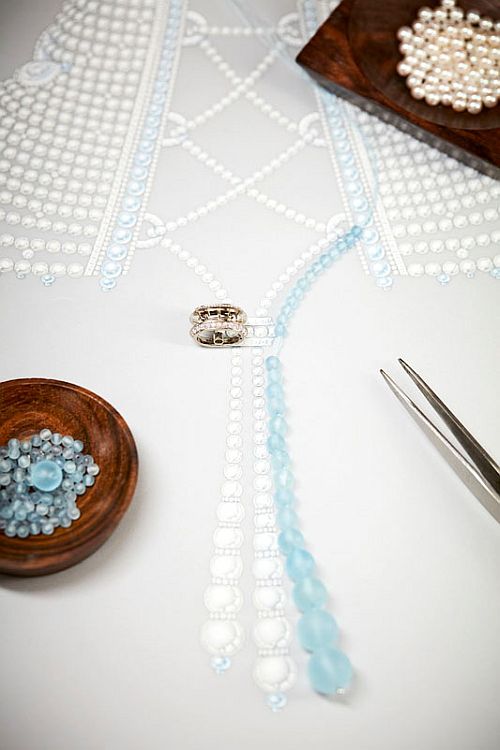
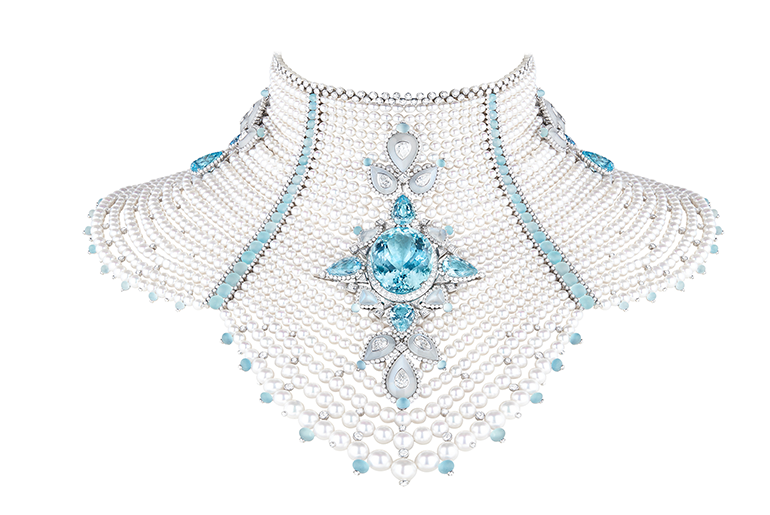
Ingenious engineering
It is impressive to witness a hive of activity in the large workshops of renowned jewelry houses, with craftspeople of various skill sets all working on one piece, but there are also smaller workshops that create equally beautiful pieces. In particular, the workshops of Andrew Grima have been creating pioneering pieces since the 1960s, revolutionizing jewelry design. A necklace from a large private collection of Grima jewelry that sold at Bonhams in London last month put a smile on my face when I saw the simple but well-thought-out clasp, concealed behind a stone set in the same manner as all those around it. This attention to detail is what discerning jewelry collectors are looking for.
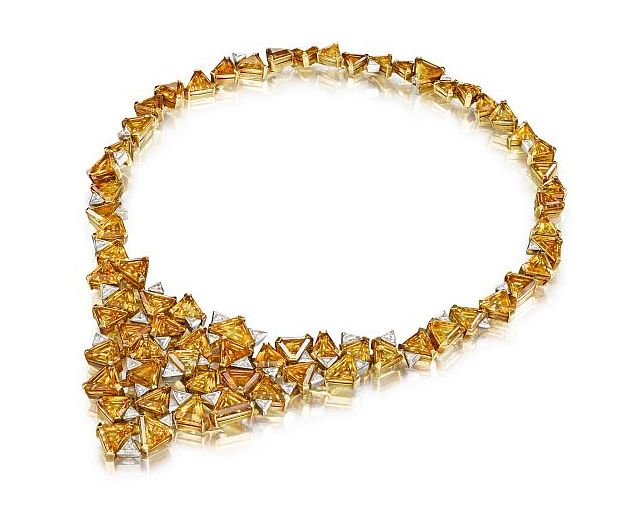
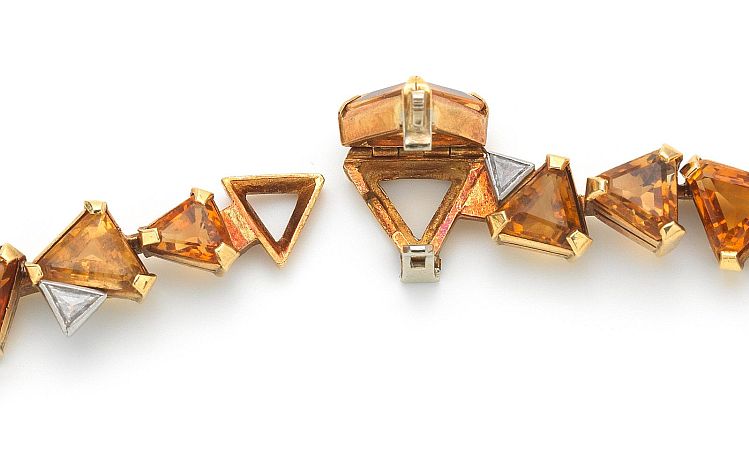
Van Cleef & Arpels is the master of transforming jewels so they can be worn in a number of ways, and the secret to good design and craftsmanship is that every transferable piece looks complete both on its own and as part of another. In the recent Le Secret collection, a stunning Burmese ruby bead sautoir, called the Oiseau sur la Branche, supports a pendant that, when you turn it around and open a door, reveals the multi-gem-set bird on the branch. What is ingenious is that the back part of the long necklace becomes the front when converted to a collar necklace, without looking any less important. Additionally, the sautoir can cleverly become a shorter pendant necklace. The piece contains 240 Burmese rubies, all perfectly color-matched, weighing a total of 567.14 carats. These must have taken an age to collect.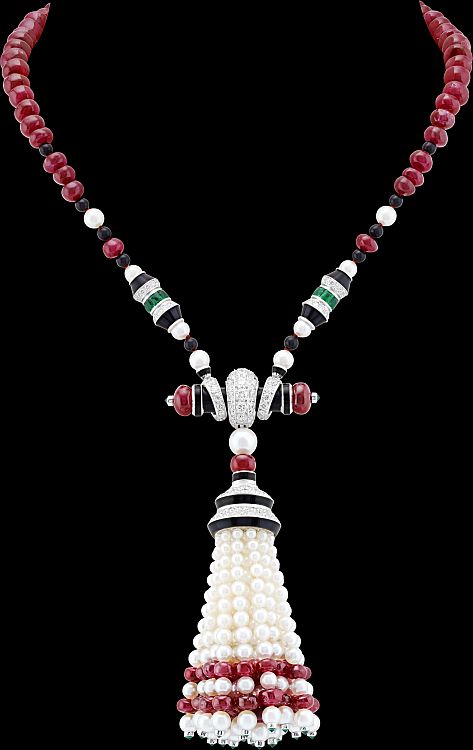
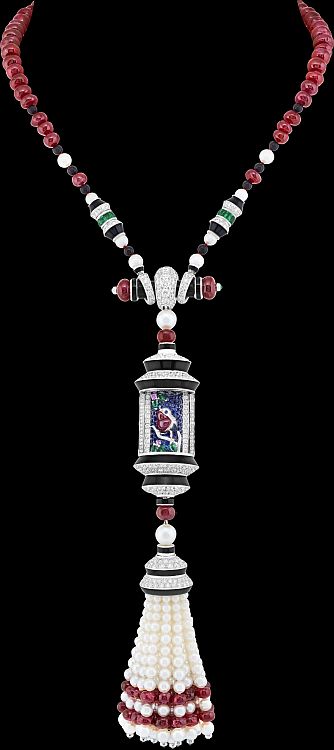

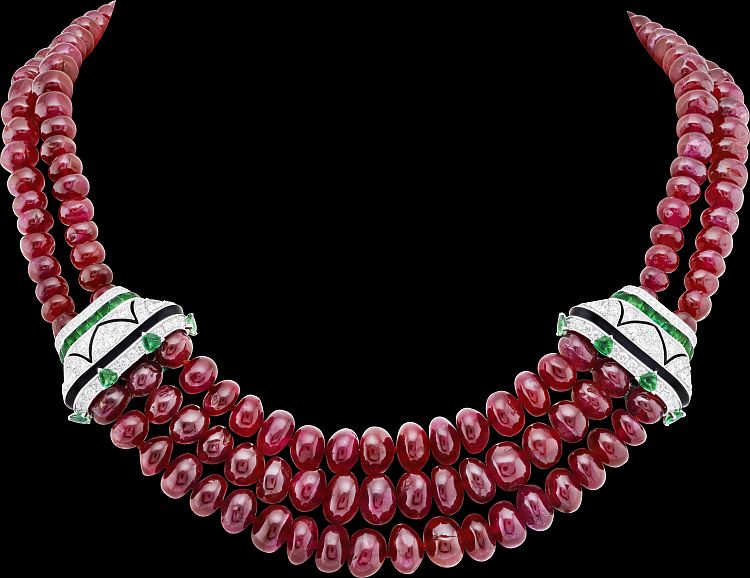
Behind the scenes
Another exceptional Parisian jewelry house that prides itself on its craftsmanship legacy is Cartier, and one type of jewelry that has always meant supremacy is the tiara. Cartier recently created a spectacular tiara that can be converted into a necklace, with a cushion-shaped, 140.21-carat Colombian emerald as the center stone. As one would expect from the Cartier workshops, everything is handmade, and the reverse is beautifully finished. It goes without saying that if the back of a jewel is as good as the front, then the jewel is well-made, reflecting the pride of the craftspeople. Just because you may not see the back, it doesn’t mean any less attention should be paid to it.
Reputable high-jewelry houses take great pride in training their staff and ambassadors so they can, in turn, educate and inform their clients about the painstaking craftsmanship that makes a piece of their jewelry. If a client is confident and trusts the craftsmanship of a jewelry house, then often pieces are sold just from the gouache designs alone. There is nothing more satisfying for a craftsperson than to feel appreciated, trusted and respected for their skills, which can only result in jewelry made to the highest caliber.
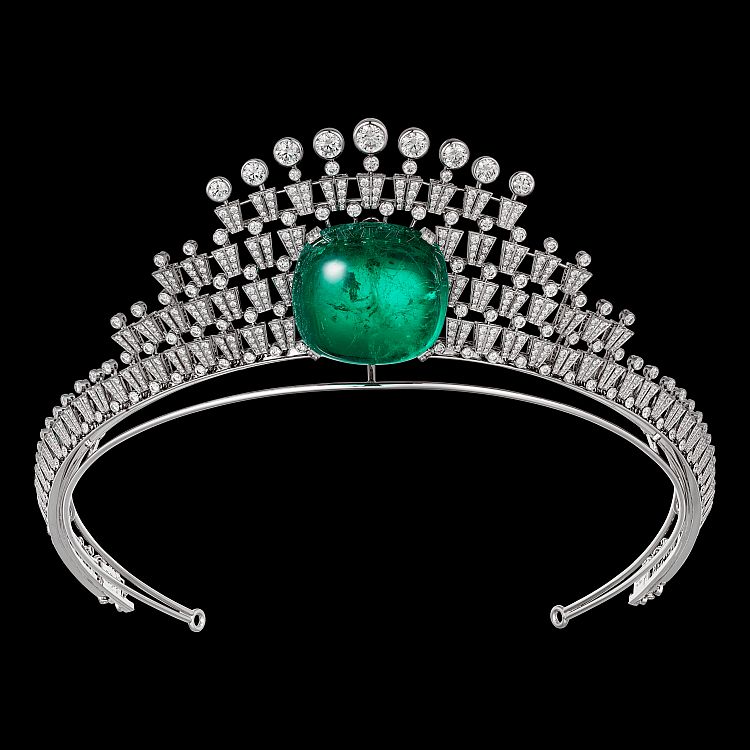
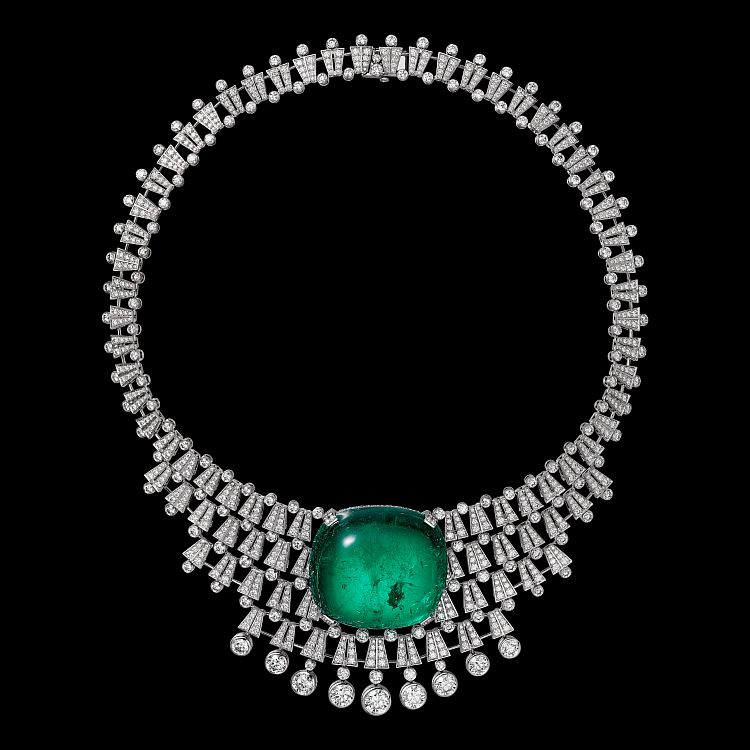
Joanna Hardy is a fine jewelry specialist with over 30 years’ experience in the jewelry trade, working for De Beers and Sotheby’s as a rough diamond grader/valuer and a senior specialist and auctioneer. She is a fellow of the Royal Society of Arts and a regular jewelry expert on the BBC’s Antiques Roadshow.
Main image: Setting the aquamarine in Boucheron Baïkal necklace.

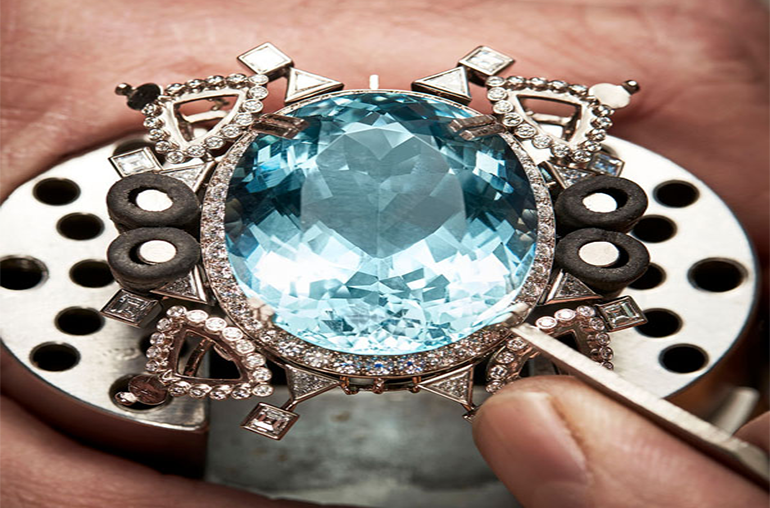
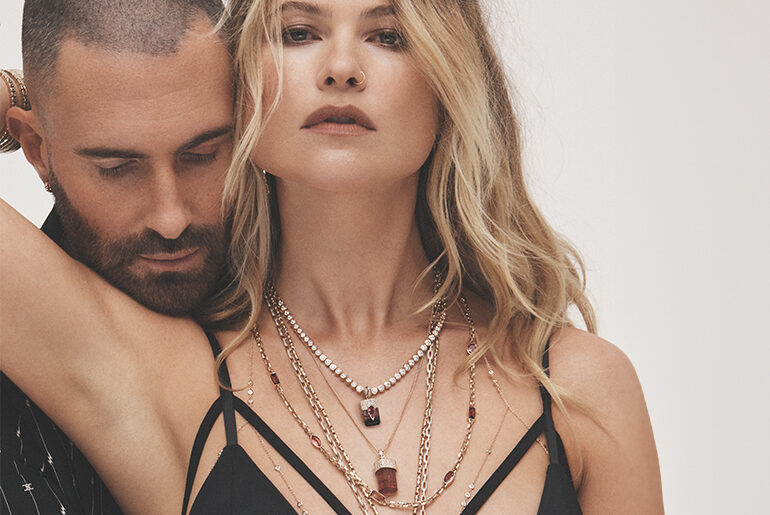
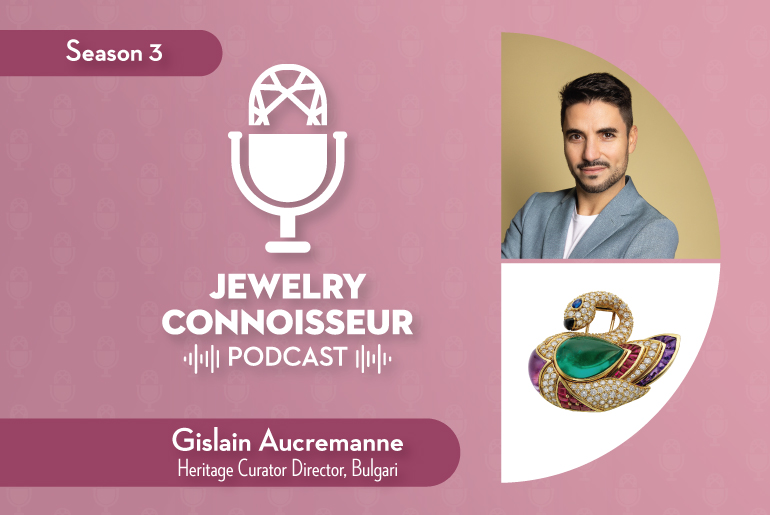
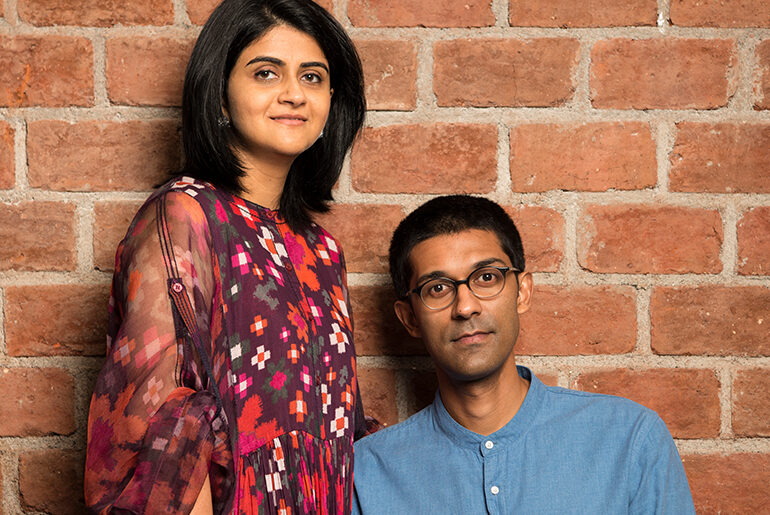
Comments are closed.